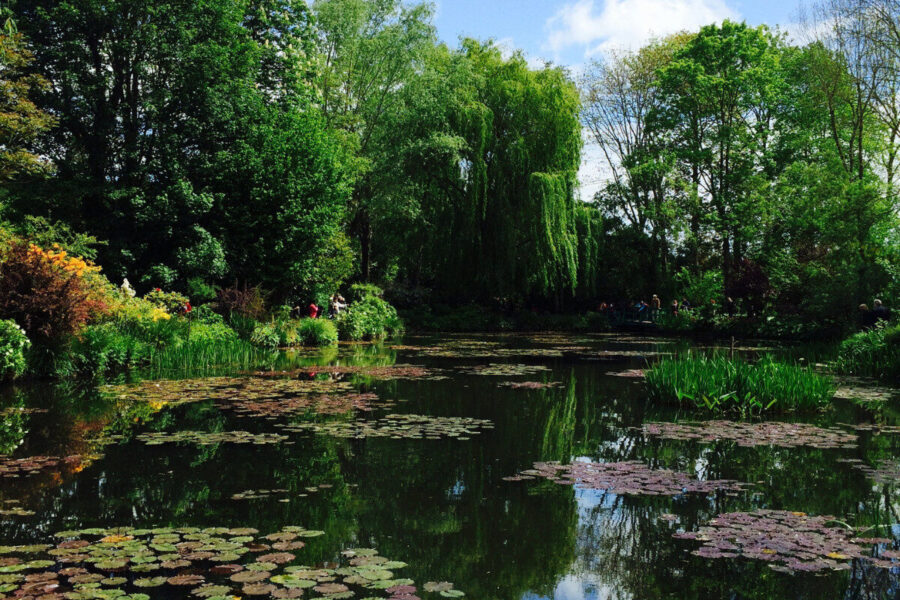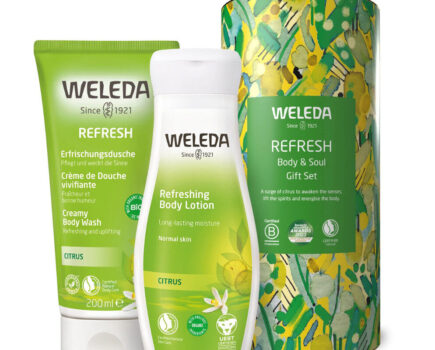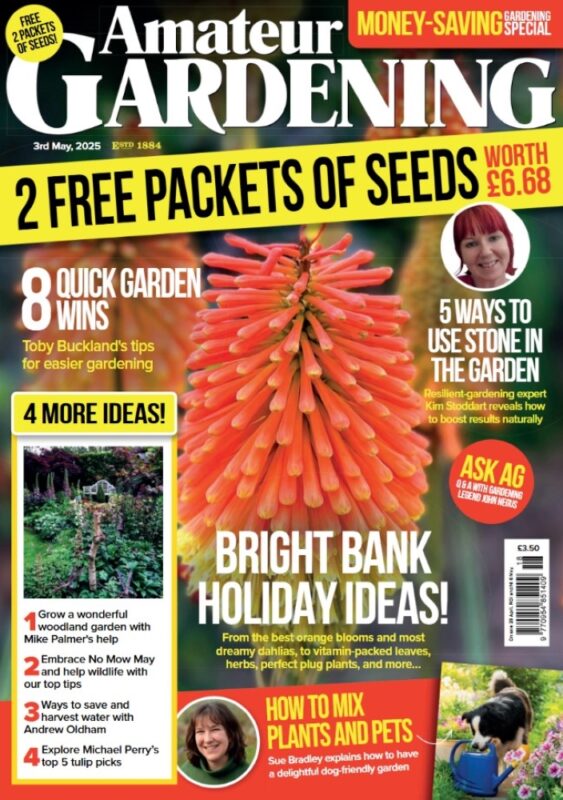Mike Palmer explains how to use water effectively to attract wildlife and keep you smiling
‘Water is the driving force of all nature’ – Leonardo da Vinci
Mr da Vinci may have been a renowned Italian painter, draughtsman and sculptor, but he clearly knew a thing or two about water, with its many benefits to nature, and us. From a table-top or wall-mounted water feature on a balcony to an expansive, reflective pond shimmering in a large family garden, all of us can have water of some form in our green spaces.
Before we take a plunge into the prodigious pool of water feature options, let’s remind ourselves of the benefits of water in our gardens.
To attract wildlife
The video for Paul McCartney’s Frog Chorus in 1984 left a lasting impression on me, and since then I’ve longed to have a frog chorus in my garden. Chasing this dream, I plunged a small, disused oak whisky barrel into a border two years ago, surrounding it with plants that thrive in the resultant wetter soil. Within days, the water-filled barrel was playing host to a kaleidoscope of pond skaters, dragonflies, damselflies, water beetles, and perky blackbirds and robins sipping from and bathing on the water’s edge.
Then, this March, the barrel was visited by my very first frolicking frogs, filling the space with handfuls of spawn. While there’s still no sighting of Mr McCartney, the resultant influx of diverse wildlife, not seen here before on such a scale, has been most welcome.
If I’d had the space for a larger pond, it would further encourage newts, foxes, badgers, slow worms and bats.
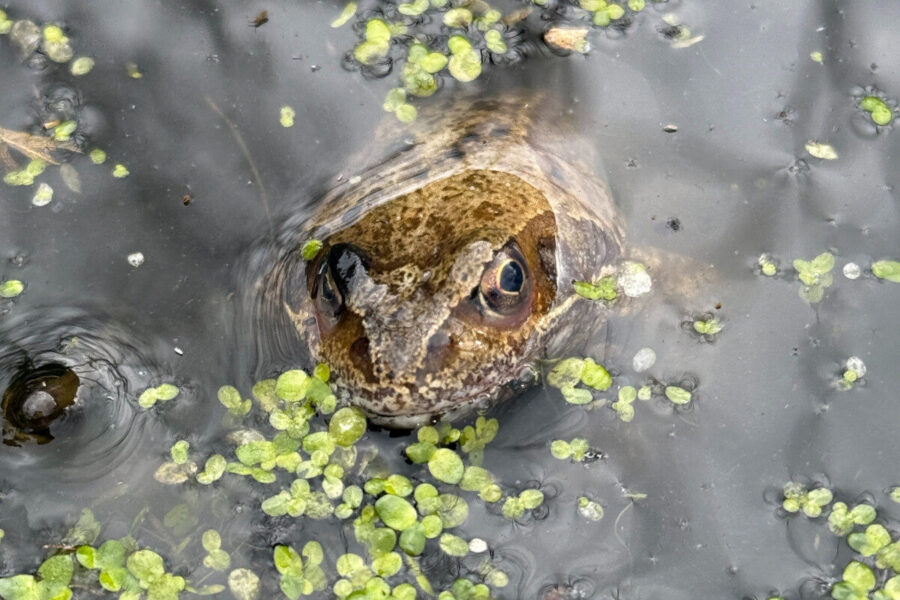
For wellbeing for us
We should never underestimate the positive impact of the sight and sound of water. The sun’s rays creating tiny diamonds upon nature’s watery mirror, the soothing trickle of a water feature, or the excited chatter of a babbling brook, mollifying us, calming stressed souls, reducing anxieties and optimising mindfulness.
…………..
How to choose the right water feature
With an almost never-ending array of water features, your choice will be driven by many factors including budget, space, the style of your garden and the lie of the land. The size of your preferred feature should be proportionate to the space and sympathetic with its surroundings; a small balcony can accommodate a range of purpose-built wall or floor-mounted features, some of which are solar-powered; a beautifully planted pond will sit comfortably within a family or cottage garden, and a shiny, stainless steel feature will strike a pose within a slick, contemporary space.
And if you’re still looking for inspiration, consider a rill, a Koi pond, stone spheres, granite monoliths, fountains, water walls, swimming ponds, or keep it perfectly simple with a well-appointed bird bath.
…………………
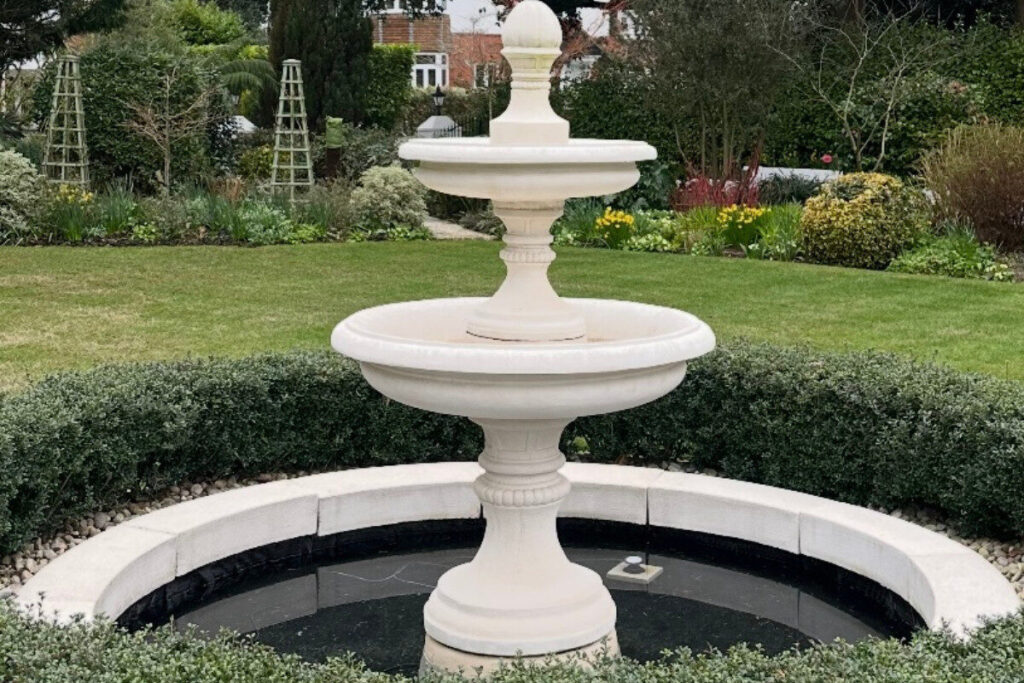
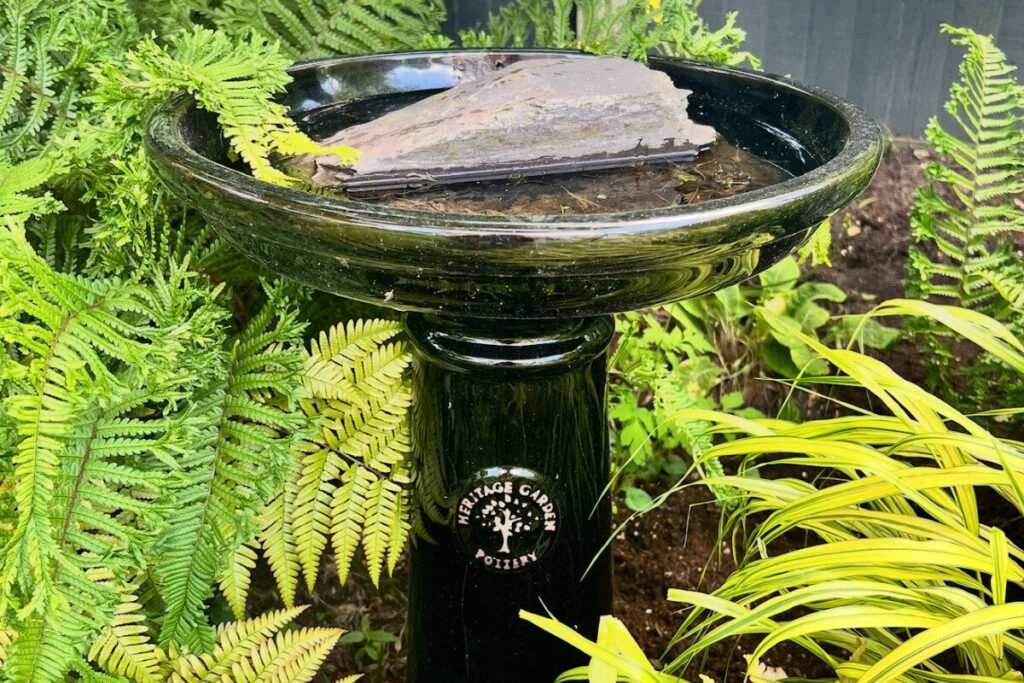
Locating your water feature
There’s an important balance when positioning water in the garden, especially if you’re hoping to encourage wildlife. Frogs and newts prefer some shady areas to stay cool and avoid the sightline of predators, while our feathered friends, bees and butterflies enjoy basking in sunny spots with the protection of nearby shelter.
Too much sunlight will promote algal blooms, resulting in an unpleasant, smelly, pea-green soup, while too little will have you battling unhealthy water. Aim to locate your feature where it will benefit from four to six hours of morning, or early afternoon sunshine.
Visiting wildlife will be attracted to water, especially ponds, if there’s a swathe of nearby trees, shrubs and plants offering shelter and protection, when needed. However, avoid positioning your water feature directly beneath the canopy of a tree as falling foliage will pollute the water, adding too many nutrients, leading to algae and extra maintenance for you. And, talking of maintenance, make things easier by positioning your water feature near to a mains supply of electricity and water for lighting and pumps, if needed, and for topping up water supplies in hot, dry weather.
The vagaries of our weather sadly prevent 365 days of blue-sky sunny days, so try and position your water feature where it can be viewed and heard from inside, optimising the enjoyment of visiting wildlife who aren’t quite so easily perturbed by unpredictable weather patterns.
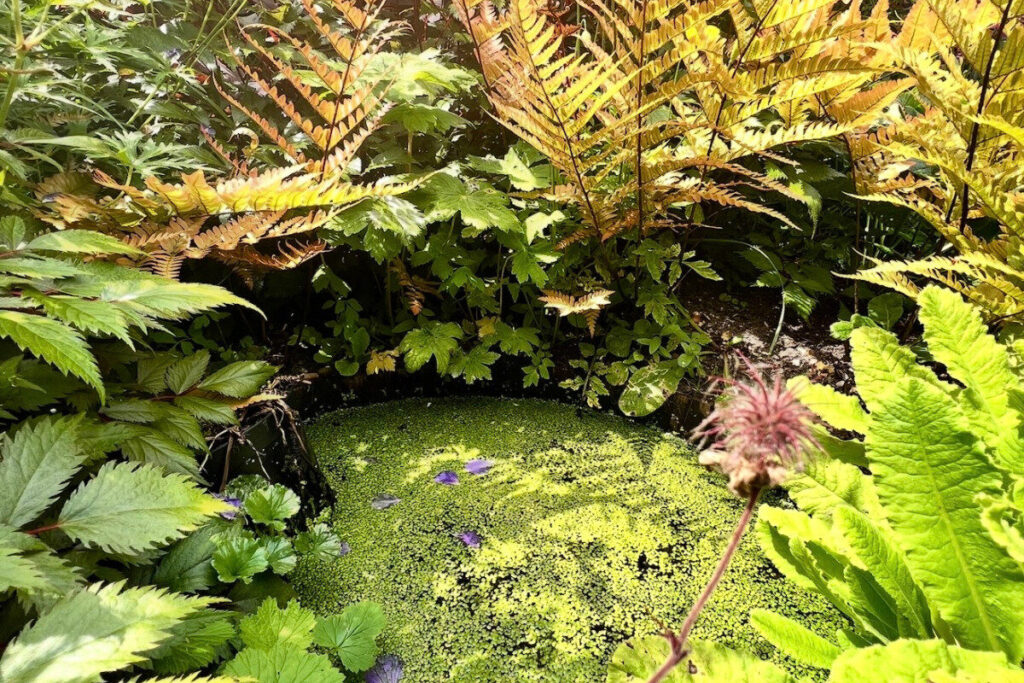
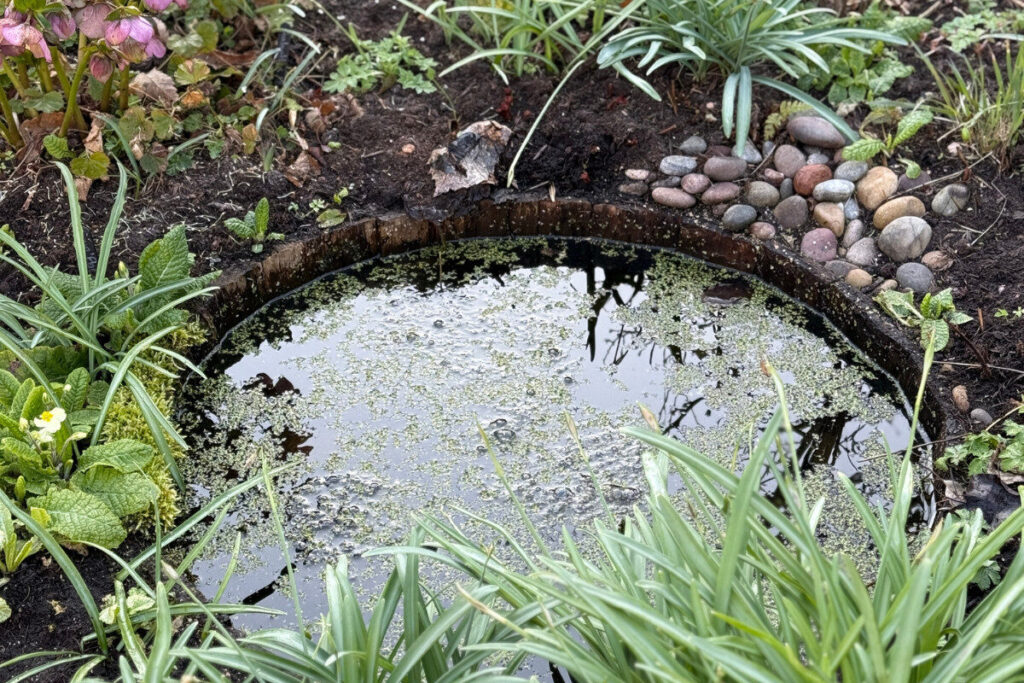
Safety first
Water, no matter how deep or shallow, comes with an element of risk. Preventive measures are essential for the safety of visitors, pets and children.
Reinforced, protective grilles can be installed just below the surface of ponds, and it’s important to supervise young ones at all times. Add lighting to highlight water features during the hours of darkness and keep surrounding areas slip-free. A qualified electrician should be consulted to ensure all electrical work meets current legislation and standards of safety.
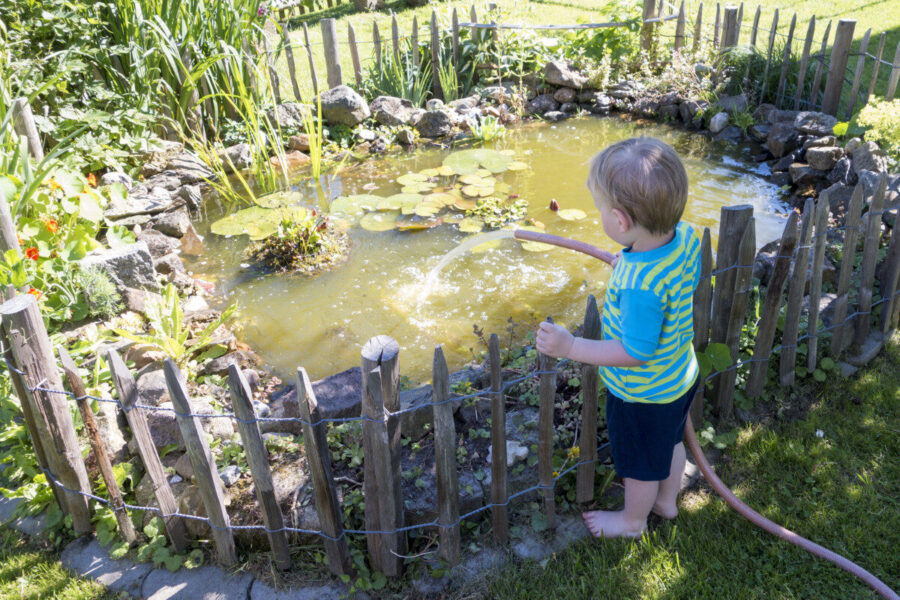
The planting and maintenance of a pond
Our ‘right plant, right place’ mantra applies to your pond too. There are four types of beneficial plants for your pond and its inhabitants:
Oxygenating plants
These are essential, releasing oxygen into the water, keeping your pond healthy and helping prevent the build-up of algae. I use Elodea canadensis – it’s quick growing so I pull out chunks periodically, and I’m mindful that it’s an offence to allow this invasive non-native species to grow in the wild. This plant is banned from sale in Northern Ireland.
Marginal plants
Sitting with their toes dipped into the shallow waters of the pond’s edges, softening the transition from the pond to its surroundings, marginal plants provide structure and shelter. Consider Marsh marigold (Caltha palustris) or Pickerel weed (Pontederia cordata).
Floating plants
Providing shade and shelter, consider pea-green water lettuce (Pistia stratiotes), being careful not to allow it to grow in the wild in the UK. It’s banned from sale in Northern Ireland. An alternative is frost-hardy frogbit (Hydrocharis morsus-ranae), which is native to the UK.
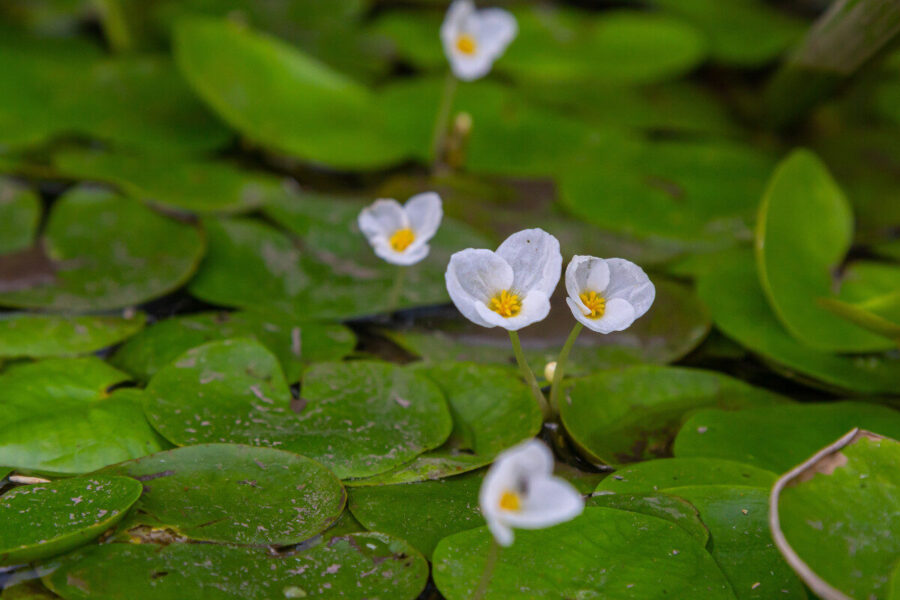
Deep-water plants
These plants reach up from the bottom of your pond, floating majestically on the surface. Exquisitely coloured water lilies (Nymphaea sp) are a must. Long-flowering Nymphaea ‘Darwin’, also sold as N. ‘Hollandia’ and ‘Attraction’ are stunners.
Finally, a word on ongoing maintenance
Minimise maintenance by skimming fallen leaves, twigs and algae regularly with a net, checking water levels and topping up with rainwater or tap water that has been left to stand for 24 hours before use, and keep an eye on electric pumps. If you have fish, periodic water testing is extremely important.
Most importantly, enjoy your water feature and revel in the world of wildlife that water in your garden will undoubtedly bring!
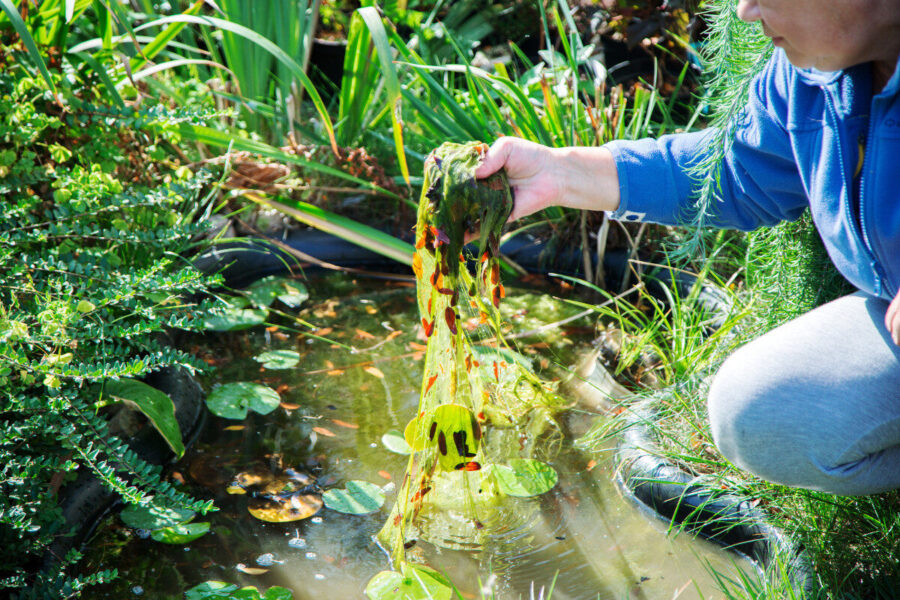
Find more tips, advice and articles like this at the Amateur Gardening website. Subscribe to Amateur Gardening magazine now

